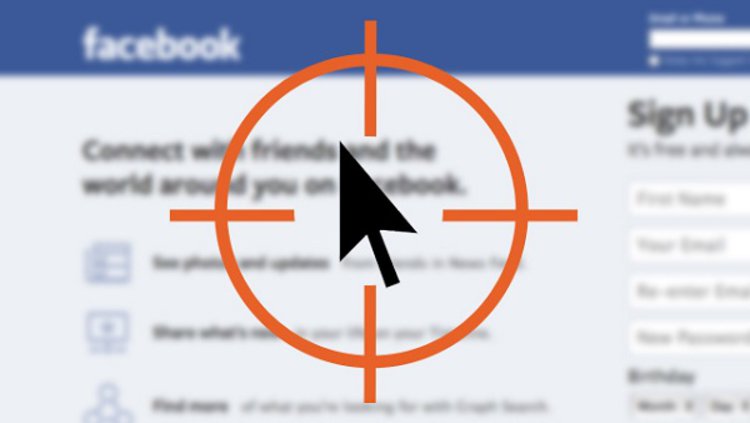Blog and News > analytics > Why Cursor Hover Rate Is Not a Metric of Success
Why Cursor Hover Rate Is Not a Metric of Success
How useful is it to pay attention to click-through rates if over half of the clicks on your site are generated by bots? A study conducted by Integral Ad Science in September 2015 found that marketers actually increased the likelihood of attracting bots if they developed their campaigns around mouse-based metrics.

Why Cursor Hover Rate Is Not a Metric of Success
How useful is it to pay attention to click-through rates if over half of the clicks on your site are generated by bots? A study conducted by Integral Ad Science in September 2015 found that marketers actually increased the likelihood of attracting bots if they developed their campaigns around mouse-based metrics.
This is because a bot can learn to mimic the mouse behaviour of a human visitor. The study looked at billions of impressions, and found that mouse cursor hover rates were 27% higher on blocked impressions (e.g. those that were seen as fraudulent or those presenting a threat to an organisation’s brand). It is therefore not a good idea for marketers to base their campaigns on these metrics.
Part of the problem stems from the fact that the trust the analytics industry places in hover rates is founded upon outdated research. The way people use websites and the internet has changed greatly since 2001, when a seminal study was published by Carnegie Mellon University suggesting a strong relationship between someone’s mouse cursor position and what they were viewing on a website. This led to many companies tracking mouse movements as opposed to using more expensive eye-tracking systems.
New technology and new browsing habits have subsequently led to UX experts countering the 2001 study. Google Anne Aula, for example, has stated that 42% of the search users studied by the company had zero active mouse movements as they tried to carry out a task on a web page. Additionally, of the 58% of people who did move their mouse cursors during the study, only 32% demonstrated eye movements that correlated with their horizontal mouse movements. Only 10% displayed a relationship between their vertical mouse movements and their gaze.
Fraudsters are now able to play the system by creating bots that force a virtual mouse to wiggle over part of a web page in which an ad is meant to appear. A piece of research from Integral Ad Science revealed a significant correlation between ad fraud and hover rates, with hover rates at 48% when served to bots as opposed to people.
Monitoring mouse movement is not only ineffective in predicting whether a user clicks an ad on a web page or not, it is an actively damaging factor for marketers to focus on when developing campaigns that are attempting to reach their target audience.